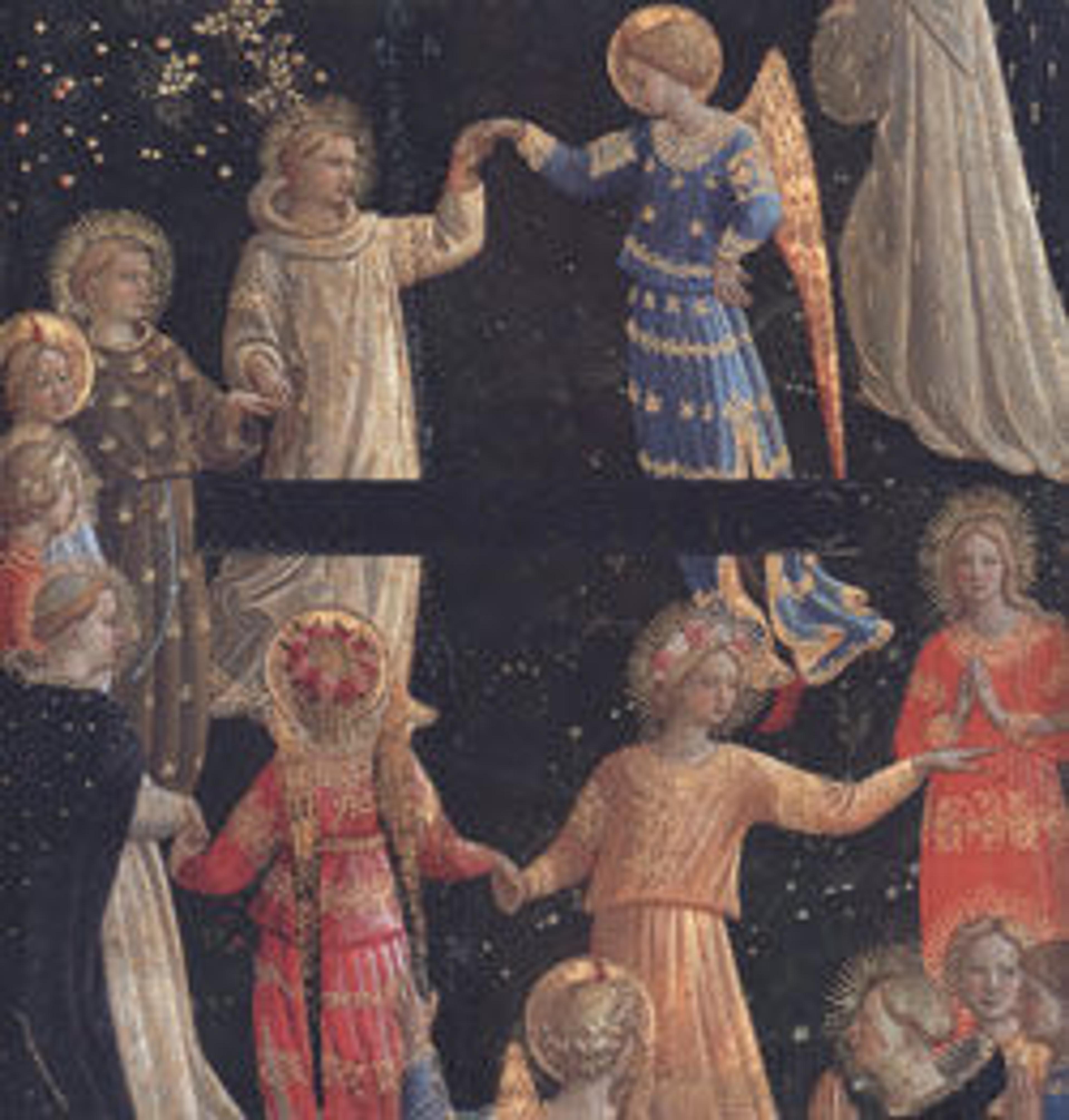Madonna and Child with Six Saints
Pesellino specialized in delicately executed small-scale paintings ideal for private study or to carry for private devotion. Remarkably, despite their small size, the figures are described with a mastery that opens a new chapter in Florentine painting. Left to right the saints are: Anthony Abbot, Jerome, Cecilia, Catherine of Alexandria, Augustine, and George. The figure types and lighting reveal the influence of Fra Filippo Lippi, with whom Pesellino occasionally collaborated.
Artwork Details
- Title: Madonna and Child with Six Saints
- Artist: Pesellino (Francesco di Stefano) (Italian, Florence ca. 1422–1457 Florence)
- Date: late 1440s
- Medium: Tempera on wood, gold ground
- Dimensions: 8 7/8 x 8 in. (22.5 x 20.3 cm)
- Classification: Paintings
- Credit Line: Bequest of Mary Stillman Harkness, 1950
- Object Number: 50.145.30
- Curatorial Department: European Paintings
More Artwork
Research Resources
The Met provides unparalleled resources for research and welcomes an international community of students and scholars. The Met's Open Access API is where creators and researchers can connect to the The Met collection. Open Access data and public domain images are available for unrestricted commercial and noncommercial use without permission or fee.
To request images under copyright and other restrictions, please use this Image Request form.
Feedback
We continue to research and examine historical and cultural context for objects in The Met collection. If you have comments or questions about this object record, please contact us using the form below. The Museum looks forward to receiving your comments.
